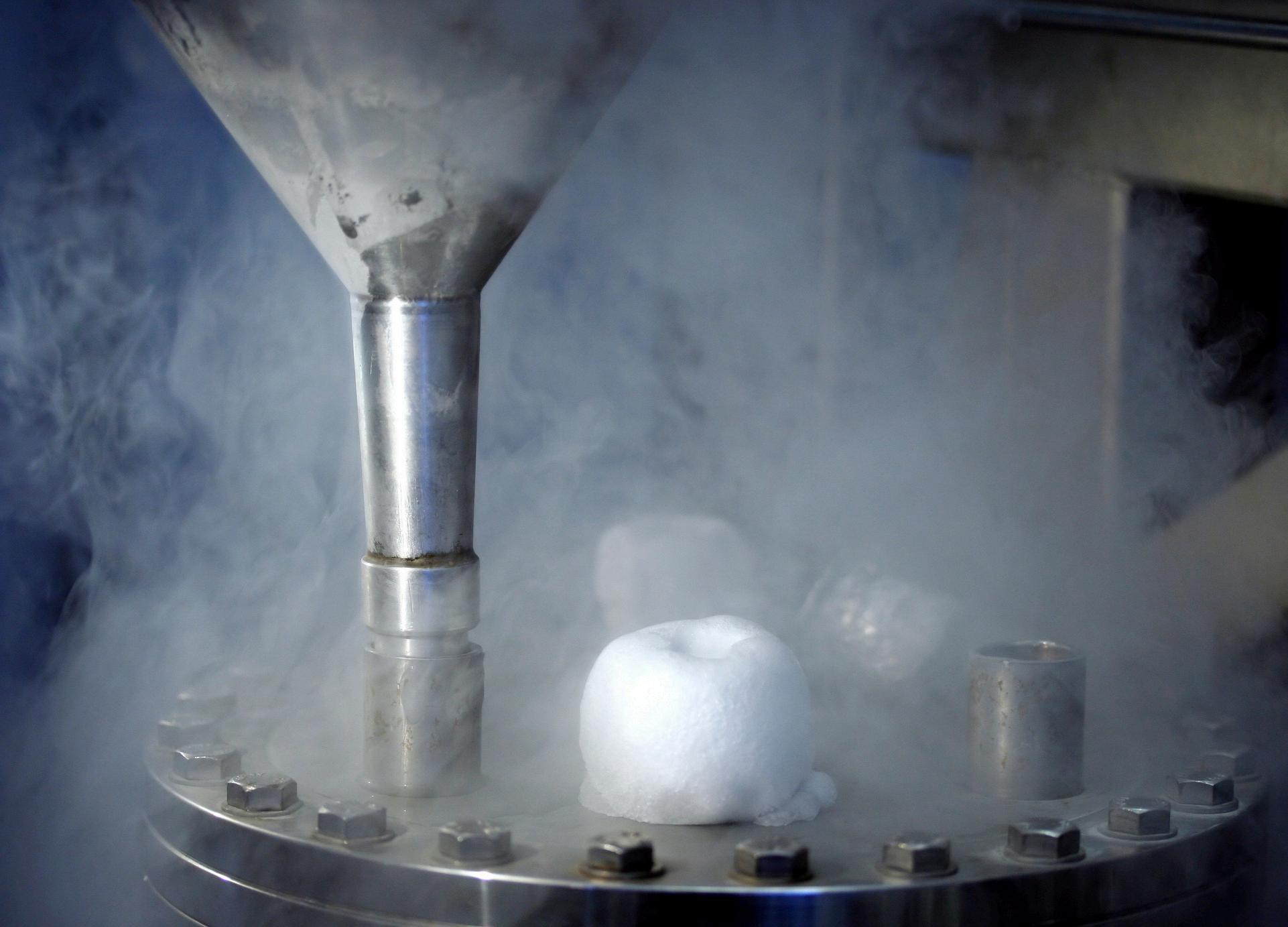





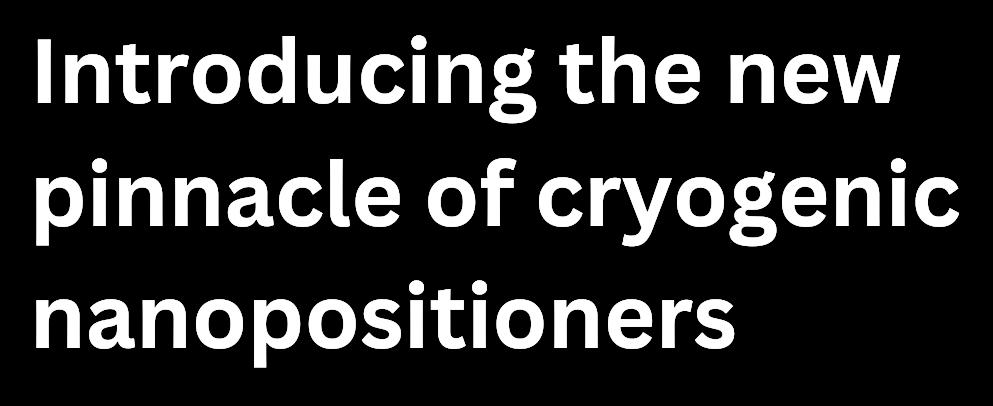


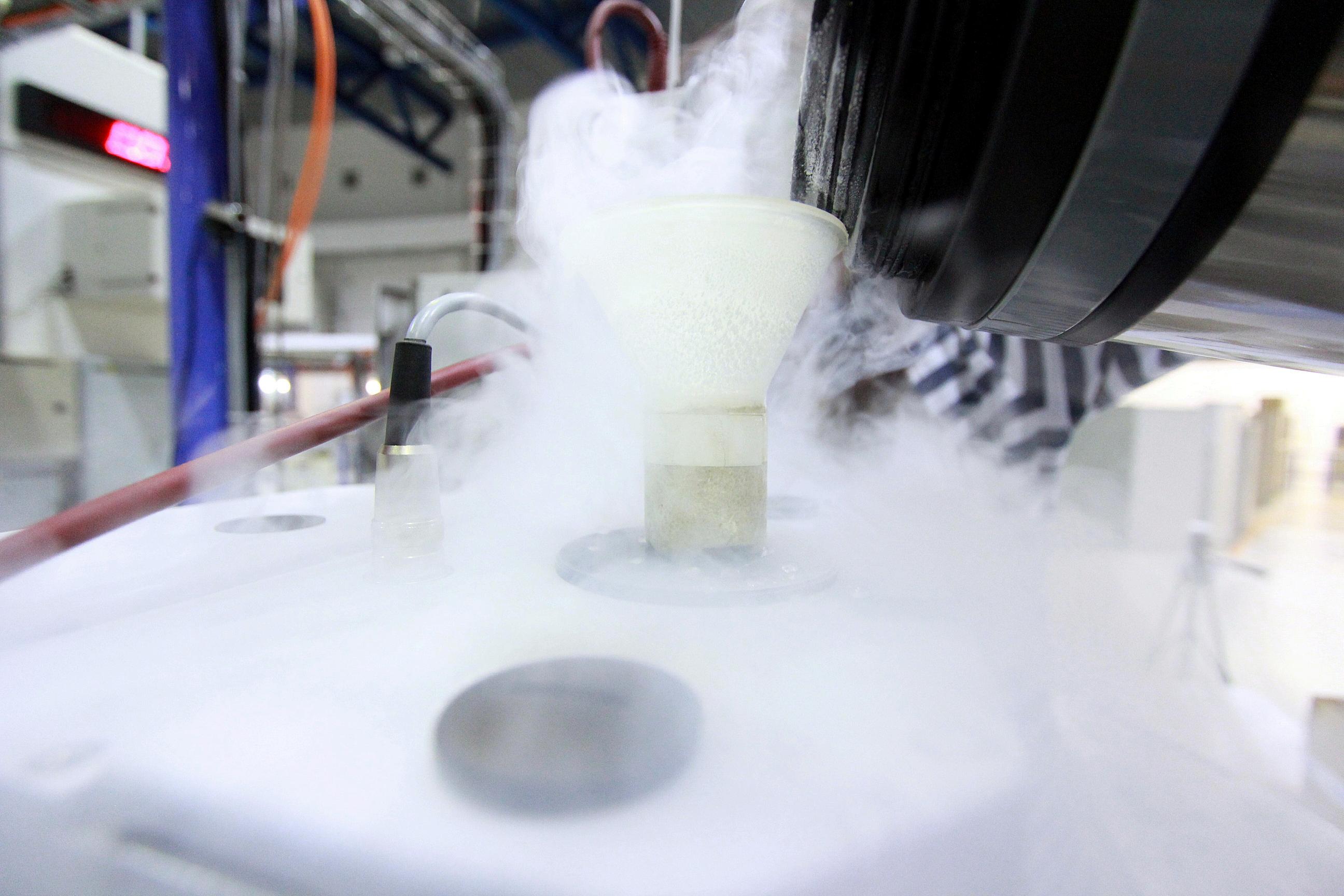











Leading researchers around the world trust Lake Shore for measurement and control solutions that drive the discovery and development of new materials for tomorrow’s technologies In electronics, clean energy, nanotechnology, and many other applications, Lake Shore provides the products and systems needed for precise measurements over a broad range of temperature and magnetic field conditions Serving the needs of the research community since 1968 Lake Shore has grown its product solutions to keep pace with evolving interests in scientific exploration, from the physics lab to deep space Through our international technical service and sales teams, we foster a culture of collaboration and innovation, and a commitment to the pursuit of science.
Montana Instruments® Corporation designs and manufactures high-precision electrical, optical, and cryogenic systems for quantum materials research and the quantum computing, sensing, and networking industries. Our solutions are focused on increasing productivity by re-defining automation, precision, and environmental control of wide temperature experimental platforms
Since its inception in 1982, Quantum Design International (a privately held corporation) has developed and manufactured automated temperature and magnetic field testing platforms for materials characterization These systems offer a variety of measurement capabilities and are in widespread use in the fields of physics, chemistry, biotechnology, materials science, nanotechnology, and quantum information research.

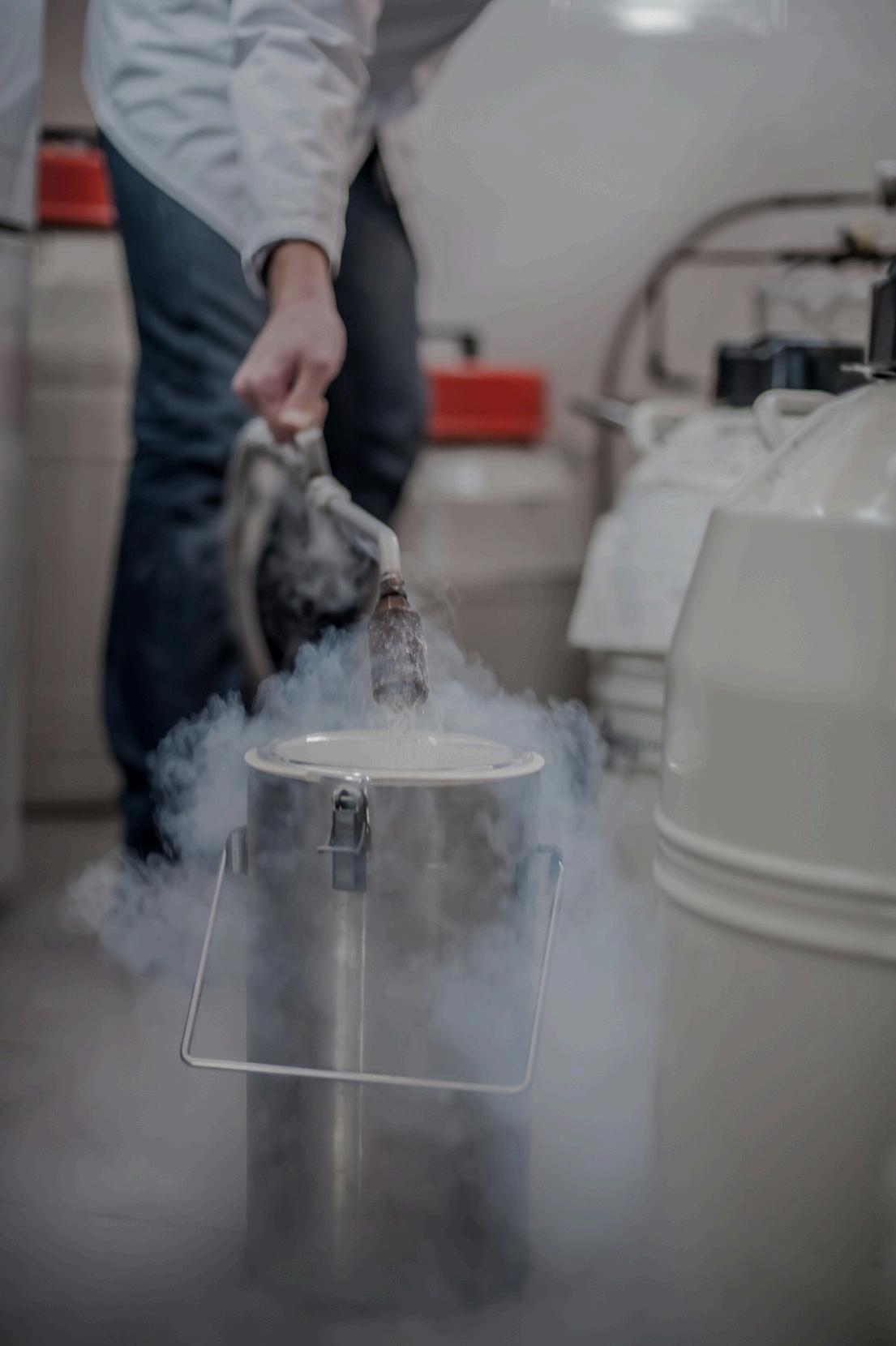
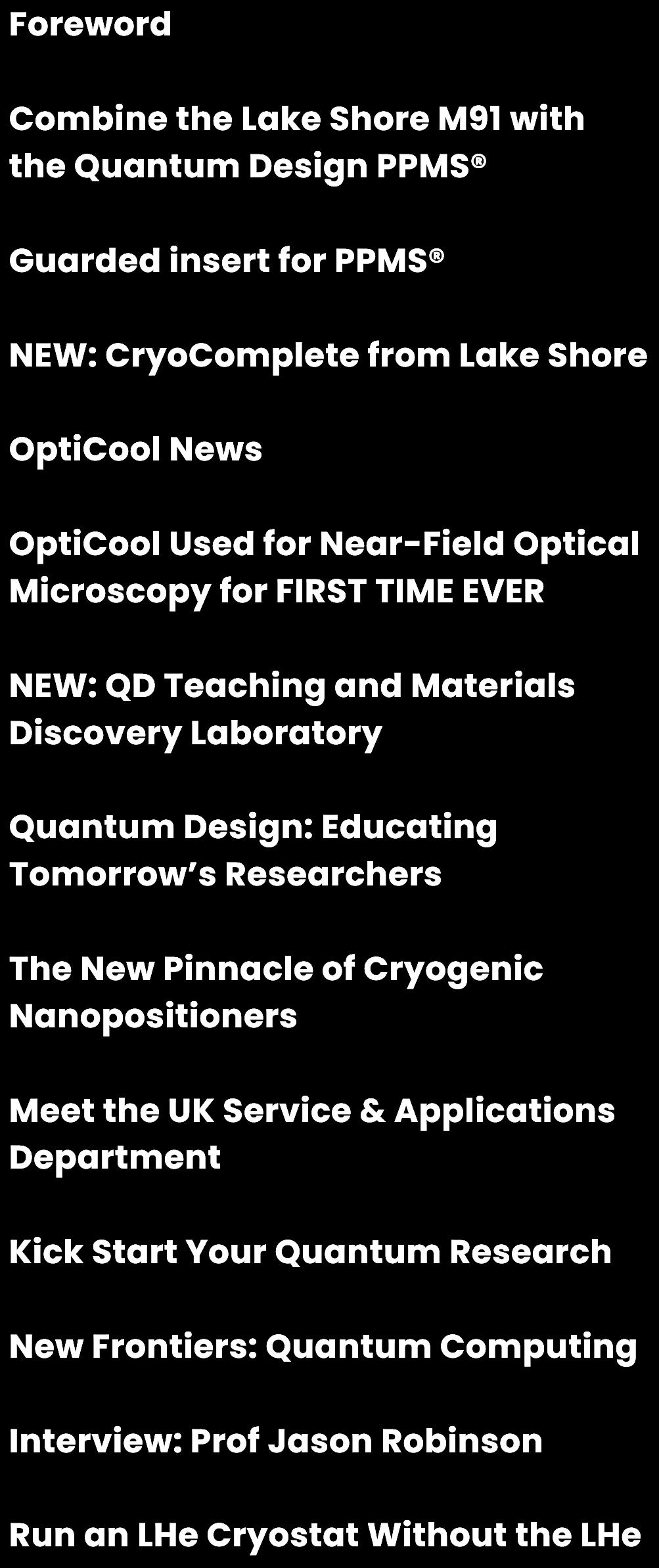
Introducing the new pinnacle of cryogenic nanopositioners
OptiCool Used for Nearfield Optical Microscopy For the First Time Ever
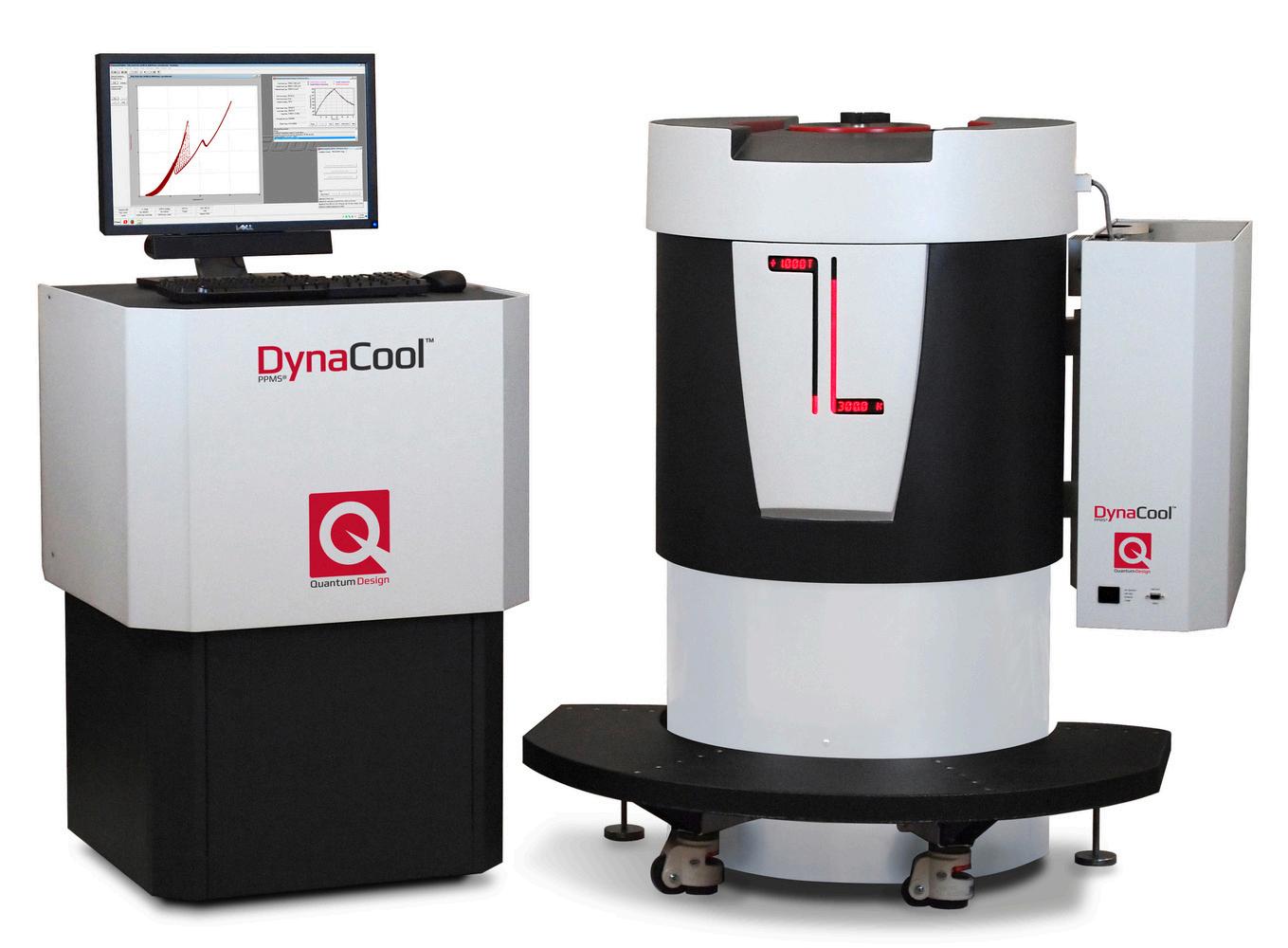

We at Quantum Design UK and Ireland (QDUKI) are delighted to present our second cryogenics magazine, featuring updates on new products, publications, and white papers related to our offerings.
Quantum Design is heavily involved in education and in this edition we explore various global initiatives from QD.
QDUKI has been deeply engaged in the field of Cryogenics, serving both as a manufacturer and a distributor of low-temperature instrumentation.
Our offerings include standout products like the unique MPMS3 and the widely acclaimed DynaCool. Moreover, we consistently expand our portfolio by providing materials characterisation solutions from other top-tier vendors.
We are confident that amongst our range of existing and brand new product offerings, will be the perfect solution to your current and upcoming research projects. Please do not hesitate to get in touch for an informal chatwe relish a scientific challenge.

Dr S Ikram TECHNICAL DIRECTOR


Combine the measurement power of the Lake Shore M91, with the Quantum Design PPMS®
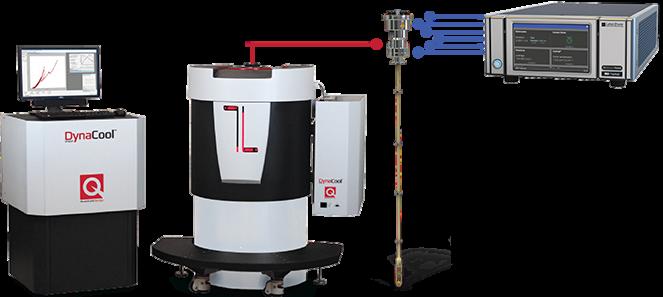


CUT YOUR MEASUREMENT
TIME UP TO ONE HALF WITH THE MEASUREREADY® M91
FASTHALL™ MEASUREMENT CONTROLLER.
Measurements are so fast, time-dependent misaligment errors are eliminated using the patented FastHall™ measurement technique.
FastHall eliminates the need for field reversal
Up to 100× faster for low-mobility materials
Lower mobilities can be measured using lower fields
Combine the measurement power of a FastHall Controller with Quantum Design’s Physical Property Measurement System (PPMS). In partnership with Quantum Design, the M91 can now be seamlessly integrated with a PPMS measurement application Two kits are available to easily integrate the M91 into a PPMS:
Standard resistance: low-cost option that uses a Lake Shore feedthrough box to connect the M91 to the PPMS
High resistance: low-noise, fully guarded Lake Shore insert

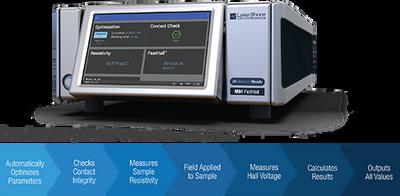
The M91 fundamentally changes the way the Hall effect is measured by eliminating the need to switch the polarity of the applied magnetic field during the measurement This breakthrough results in faster and more precise measurements, especially when using high-field superconducting magnets or when measuring very low-mobility materials
Others' approach vs. the FastHall™ approach:
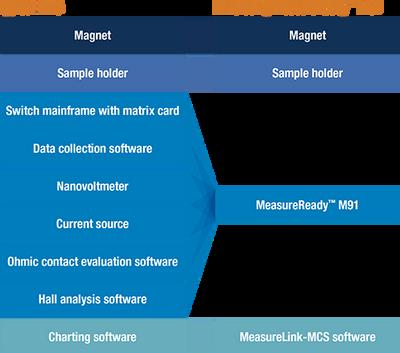

In collaboration with Quantum Design, Lake Shore has created a measurement kit to offer a complete Hall measurement solution. The M91 and Lake Shore’s Hall insert can be seamlessly integrated into Quantum Design’s PPMS. Plus, it is optimised for low noise and resistances up to 200 GΩ.
The diagram below is a close-up of the sample connections on the Hall insert The M91 supports both van der Pauw (4connection) and Hall bar (6-connection) geometries. These samples are wired to the Lake Shore sample board, which snaps inside the insert.
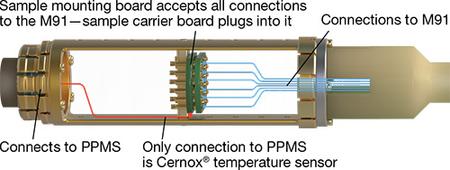
When the insert is loaded into the PPMS, these sample connections are fully guarded up to the M91 via triaxial cables (included in the kit). The integrated Cernox® sensor connections go to the PPMS, enabling temperature readings directly through MultiVu.
Samples mount to consumable Lake Shore sample carrier boards (also pin compatible with Quantum Design sample carrier boards); 12 are included in the kit.
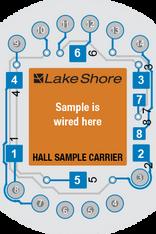

The Lake Shore guarded insert can be used alone or with one of our PPMS Hall measurement packages that include the MeasureReady® M91 FastHall controller Cut your measurement time up to one-half with the M91 Measurements are so fast that time-dependent misalignment errors are eliminated using the patented FastHall™ measurement technique.
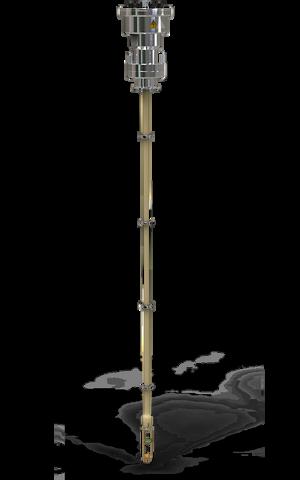
Fastest measurement with reduced settling time
Best performance for low-noise, low-current measurement
Fully guarded from instrument to sample when used with the M91 FastHall™ controller
Adding HMS capabilities to any research platform has never been easier. If you’d like to learn more about the PPMS FastHall measurement packages, contact Shayz
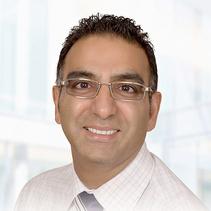
Get in touch
Contact our Technical Director: Dr. Shayz Ikram
Telephone: (01372) 378822
Email: shayz@qd-uki.co.uk
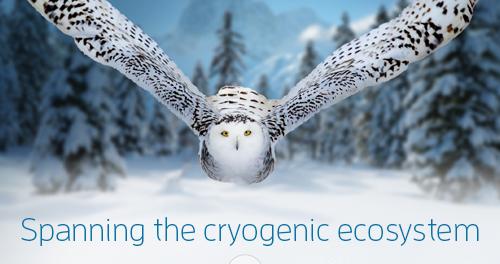
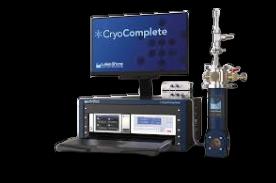
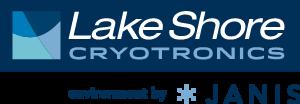
Everything you need to make temperature‑dependent, low-level electrical measurements from 77 K to 500 K
With more than 55 years of experience in enabling scientific research with temperature sensors and instruments, Lake Shore’s expanded mission on fully integrated research platforms provide customers with one source for all of the essential components in their system and the software to coordinate it all.
This leads to fewer variables, less uncertainty, and less setup time. The culmination of this is Lake Shore’s new CryoComplete™ system, which provides everything you need to start making temperature-dependent, low level electrical measurements.
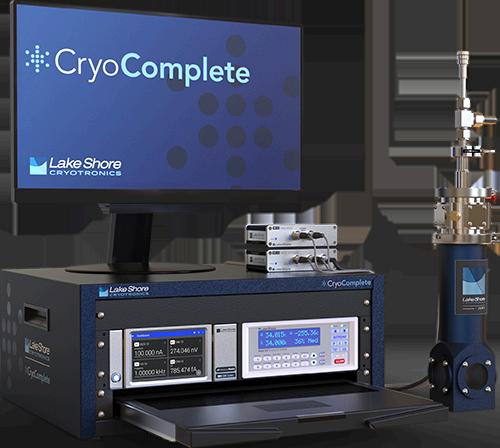
While easy to use, the system’s performance doesn’t disappoint. Its industry-leading measurement electronics promote low-level DC measurements and three full channels of lock-in AC capability the keys to unlocking difficult measurements. Best of all, our cryogenic experts have designed CryoComplete from top to bottom, using cryogenic best practices, to deliver end-toend system specifications.
A PC with MeasureLINK provides the user interface to control your cryogenic system. MeasureLINK enables a wide range of capabilities, including data charting, instrument control, and system monitoring with a cryostat-specific process view
LN2 cryostat
The Environment by Janis VPF-100 sample in vacuum cryostat provides a variable temperature sample environment from 77 K to 500 K. The pour‑fill design allows quick and easy LN2 refills
With CryoComplete™, you can start making cryogenic electrical measurements as soon as it lands in your lab.
From the simple‑to‑use, pour‑fill LN2 Dewar to the prewritten I-V (resistance) measurement routines, CryoComplete produces results right out of the box.
Source + measure + lock-in
Run ultra-low-noise AC/DC measurements with the MeasureReady® M81-SSM synchronous source and measure system In addition to the M81-SSM-4 instrument, it includes a BCS-10 balanced current source module and a VM-10 DC/AC/lock-in voltmeter module with a combined noise performance (differential) of 4 1 nV/√Hz
Temperature control
Control temperature within 50 mK with a Lake Shore Model 335 temperature controller, a Lake Shore precision-calibrated silicon diode, and a pre-wired heater. Advanced PID autotuning, pre programmed sensor calibration, and default cryostat tuning enable fast setup and operation.

To discuss the benefits that CryoComplete can bring to your lab, please get in touch with our Technical Director, Dr. Shayz Ikram by email or call (01372) 378822 today.
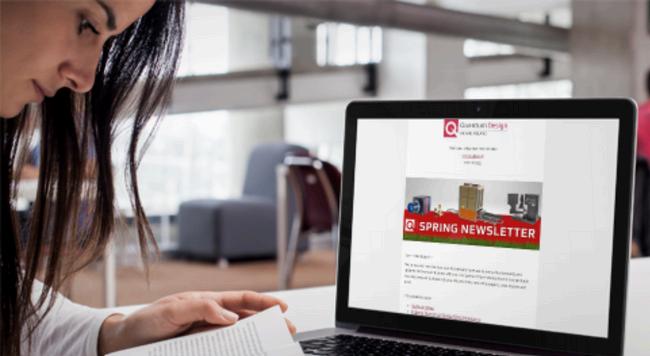
case studies application notes webinars events workshop courses and more...
Our partner Lake Shore Cryotronics has a wealth of educational resources to help you. As well as app notes and how-to guides, they also provide calibration services
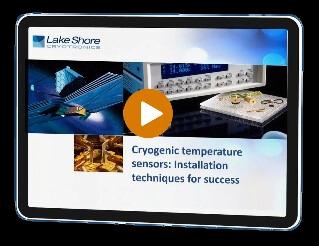
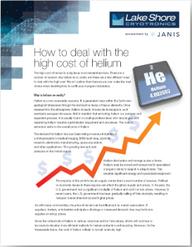
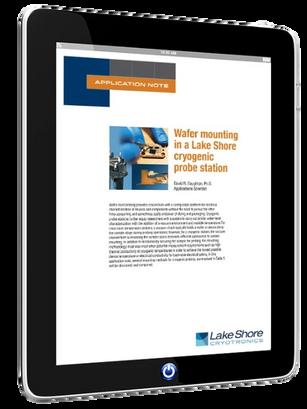

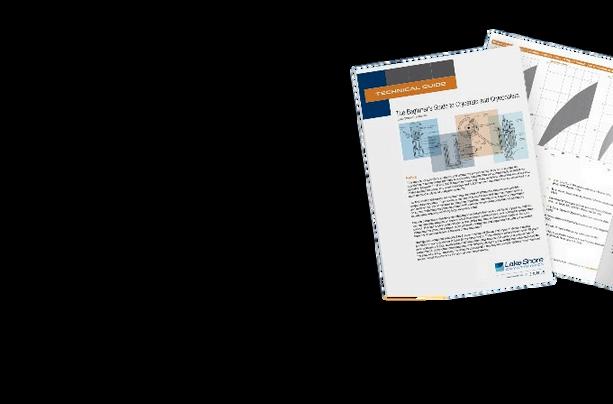
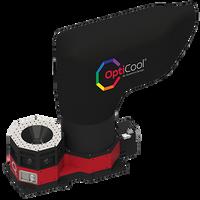
QuantumDesignReceivesNewPatentforOptiCool!Apatententitled"A LowVibrationCryocooledCryostat"hasbeenawardedbytheUSpatent officetoQuantumDesign ThethreeinventorsDineshMartien,WillNeils andRandyBlackarepicturedwiththepatent



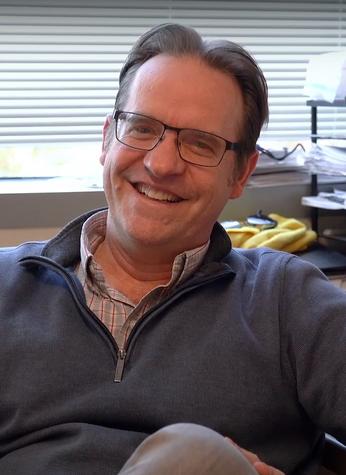
The OptiCool by Quantum
My area is condensed matter physics, and I use lasers to study the property of materials I’ve had a great working relationship with Quantum Design I started work with them incorporating the VersaLab into our undergraduate curriculum here And so that VersaLab has been running for the better part of eight years
So it’s natural then that, having magnetic fields that this OptiCool opportunity arose. In terms of the research we’ve done in the OptiCool up to this point, has been primarily what we would call alloptical pump-probe spectroscopy; where we’re bringing in different beams in the visible or infrared range. But a lot of my research over the years has been in the far infrared or terahertz. So I think that the OptiCool provides a really excellent opportunity to do novel far infrared spectroscopy on materials in a magnetic field environment.
The OptiCool has really nice optical access because the sorts of experiments we do, we have to bring in multiple optical beams to be able to excite a sample and then probe these dynamics in a time resolved fashion.
Design is an optical cryostat using an innovative design that puts the sample volume in the heart of your optical environment And one of our users has been the first person to ever attempt to use the OptiCool in a completely different way.
The magnetic field allows us to tune the properties of the materials and then look at the dynamics of the materials that we’re studying as a function of magnetic field and, of course, as a function of temperature So just the ability to have these degrees of freedom when we’re doing these dynamic studies of quasiparticles inside of solids, it’s very powerful The automation of the OptiCool really facilitates these measurements We can take continuous data and really get high quality data, run overnight We can get more data per unit time than we would be able to do if the software wasn’t so easy to use.”
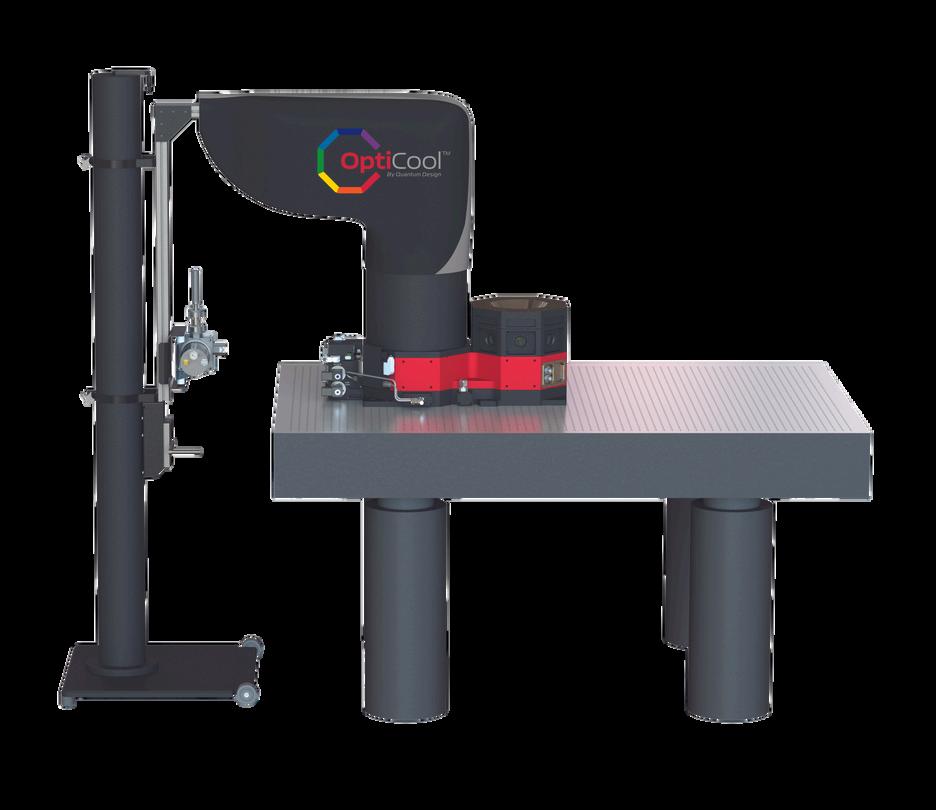
I work with near-field optical microscopy, an optical microscope that beats the diffraction limits so we can look at optical properties of materials at nanoscale. So this is actually a combination of optics and scanning probe microscopy Rick Averitt my PhD advisor spoke very highly of the OptiCool and then I talked to many colleagues. They suggested that this might be possible for scanning probes I needed a closed-cycle system which will be ultra stable, especially for the scanning probe”
So I had my first OptiCool in 2020. That was for me, at that time, a little bit risky because no-one had done a scanning probe in an OptiCool But we did it in 2021 and we liked it so much that we actually purchased another one in 2022!
The OptiCool really is THE unique system that fits into my particular research
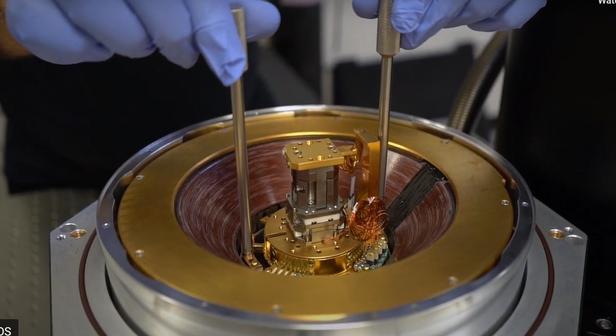
This is actually a game-changer for us, because now we can use a helium-free system. Once you start to use this system it’s really hard to go back to the open-cycle systems.
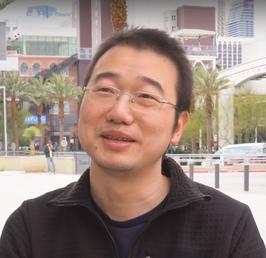
The OptiCool has a total of eight windows and seven side windows. So we can choose whatever ports we want to send the light into. And we can set up a camera from the top so that we can see what’s going on in our scanning probes This is great for our alignment, for the optics You can align your optics to the tip, through the top window, and then send infrared or terahertz light in from the side windows And we are amazed by the stability at low temperature, when the cryo pumping is on So we have ultra-stable AFM performance even at low temperature.
“There’s basically no other products on the market, that I’m aware of, that can do this better than the OptiCool Experts from different fields, from AFM groups or STM groups or from Optics groups, they’re all very interested I think the main feature that they find interesting is how open the system is and how big you can put this sample core in We actually put two sample stages or piezo stages inside of the mechanism. I think most people are amazed by this fact – just how compact and big it is at the same time”
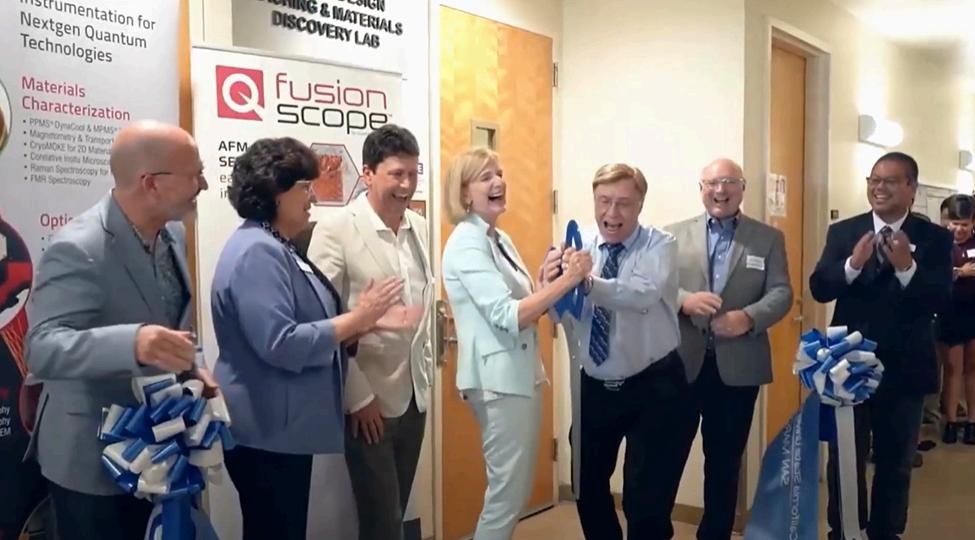
Begunalmost10yearsago, the main goal of Quantum Design’s Education Initiative is to expand and innovate the teaching of hands-on, experimental physics in the undergraduate arena. Most often, undergraduate physics students are limited to learning theory in classrooms with laboratory experience, if any, limitedinscopetoonlyverysimple experiments.
Quantum Design knows that the scientists of tomorrow begin as the physicsstudentsoftoday.
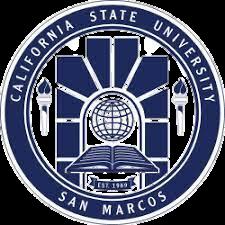
Therefore, the sooner those students become familiar with industrystandard equipment, the sooner their natural scientific curiosity and excitementcanbeawakened,andthe more comfortable they can become withthesetools
“Quantum Design is very passionate and committed to using innovation in undergraduate laboratory education. This is why, along with our industry partners and university collaborators, QDUSA has developed a teaching curriculum that can be used for this purpose.”StefanoSpagna,VPStrategy &Innovation,QDI
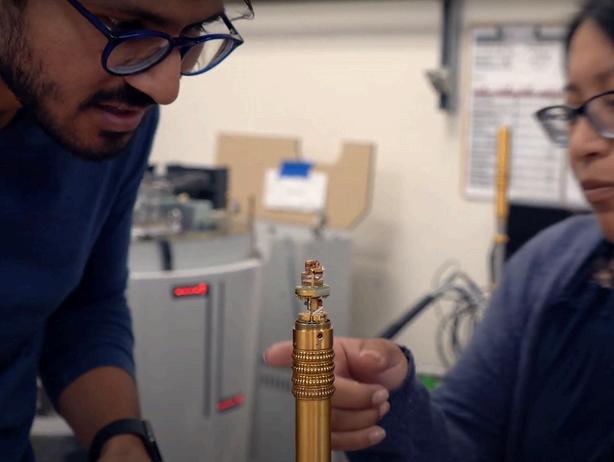
In addition to providing undergraduate labs like this with instruments such as the PPMS VersaLab, Quantum Design and its Education Board of Advisors have worked together to create freely available experimental modules that can be used with the PPMS VersaLab. These modules lead students through various measurements (electrical, thermal, magnetic) so that they can become better familiar with basic materials research principles. They also provide ready-made coursework for educators who wish to incorporate thesetypesofexperimentsintheirlab classes
“Right now, it is an important time for undergraduate students to be exposed to Quantum Information Science because of how rapidly the quantum info industry is growing. ” said Advisory Board memberDr JustinPerron,“We're starting to see a lot more positions for undergraduate levelscientistsandengineers,
...theindustryislookingfora quantumcompetent, classicallytrainedwork force. ”
“Whatwouldhappenifyoucould getastateoftheartinstrument thatresearchersaround theworldalreadyuse andputthatinan instructional laboratory?”

StephenTsui Professor CSUSM
Lake Shore Cryotronics, a leading cryogenic temperature sensor and scientific instrument manufacturer based near Columbus, Ohio was excited to be part of the celebration and co-sponsored the event They alsoprovideddemonstrationsofsome of their newest instruments (such as the M91 FastHall™ Measurement Controller and the M81 Synchronous Source Measure system), both of which are appropriate for undergraduatephysicslaboratories
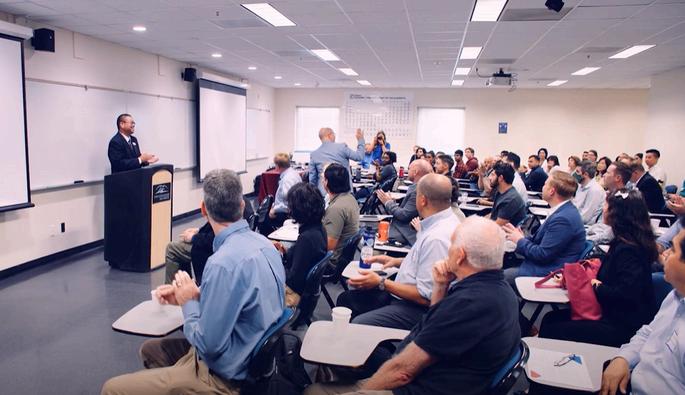
Perhaps Dr. Tsui said it best when he highlighted the importance of programs like this to the local community: “We serve our region. A little over half of the students we graduatearethefirstintheirfamilyto go to college, and roughly 80% of them stay in the region and join our local workforce Programs like this are not only serving the students and our Physics Department, but also contributing locally to the welfare of our region. As one example, many of these students now work at Quantum Design, locally serving as engineers andothertechnicalstaff”
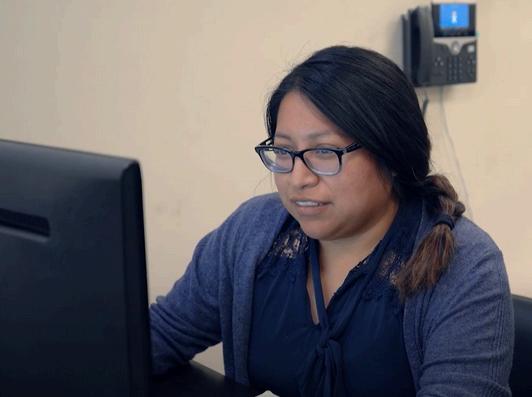
“UsingtheVersaLab preparedmetonotbe intimidatedusingother laboratoryequipment.I thinkit’simportantfor undergradstobe exposedtothistypeof equipment.”
JosefaGergorio,CSUSMAlumnaand FinalTestEngineer,QuantumDesign).
Stefano Spagna says the Education Initiative is entering a new stage of expansion, “I am truly excited to see wherewewillgonextandalltheways we can expand this essential program to expand and improve the teaching of experimental physics in undergraduate physics programs around the country, and even in other countriesaroundtheworld. ”
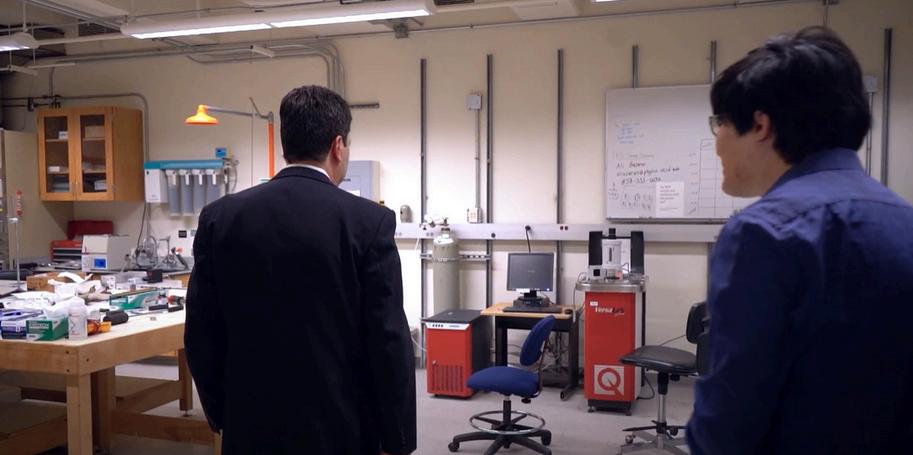

Contact us here at Quantum Design UK and Ireland to discuss your requirements
Since its inception in 1982, Quantum Design (QD) has developed and manufactured automated temperature and magnetic field testing platforms for materials characterisation
These systems offer a variety of measurement capabilities and are in widespread use in the fields of physics, chemistry, materials science and nanotechnology. Quantum Design instruments are found in the world’s leading research institutions, and have become the reference standard for a variety of magnetic and physical property measurements
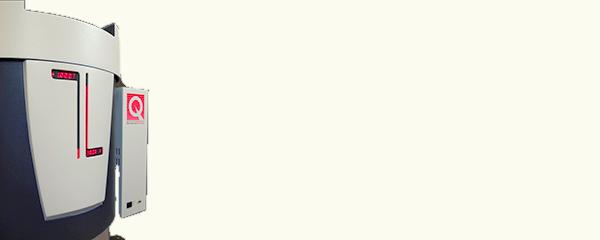
QD INSTRUMENTS ARE CITED IN, AND PROVIDE THE DATA FOR, MORE SCIENTIFIC PUBLICATIONS THAN ANY OTHER INSTRUMENT IN THE FIELDS OF MAGNETICS AND MATERIALS CHARACTERISATION.
Each year, literally hundreds of scientific publications, advancing the science of materials, use data generated from QD instruments.
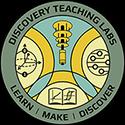
Quantum Design believes in the importance of innovations for educating tomorrow’s researchers, especially in the fields of condensed matter physics, chemistry and materials science Our primary goal is to teach students how to preserve and foster their magical curiosity and to learn how to express it creatively.
The Quantum Design Education website is part of an initiative between QD USA and leading universities to develop a teaching curriculum of core research skills that exploits simple and “uncluttered” leading edge technology to inspire students to learn in new and more meaningful ways.
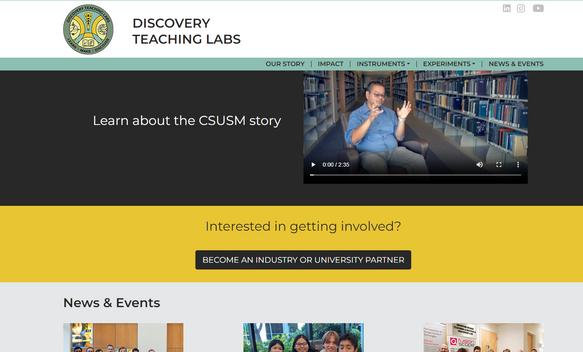
Its purpose is to encourage the development and sharing of measurement curricula using our wide range of measurement options available on the PPMS® VersaLab cryogenic platform The teaching materials and sample experiments on the site are meant to provide advanced lab instructors and professors with ready-made curricula that can be the vehicle to bring students to the forefront of materials research
Utilising a new approach to cryocooler equipment design, VersaLab employs a new 4He-based temperature control system and gas flow technology that eliminates the need for liquid cryogens.
With a temperature range of 50 – 400 K, this 3 Tesla platform is perfect for accomplishing many types of materials characterisation in a limited space As with all Quantum Design instruments, VersaLab is a fully automated turnkey system with a user-friendly interface, and utilises technology developed for Quantum Design’s popular Physical Property Measurement System (PPMS®). Technical Service and Application Support is available for the Quantum Design VersaLab
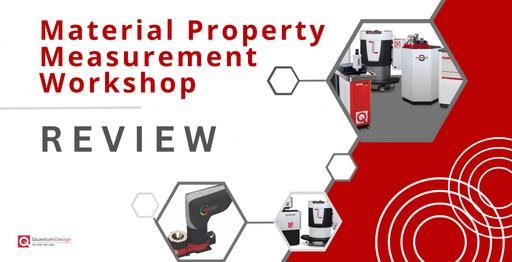
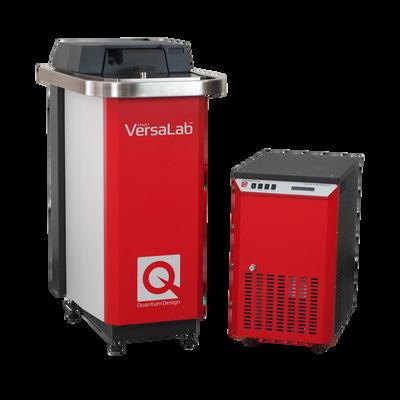
At QDUKI we are continually adding to our own support of universities and institutions, through resources, webinars and events such as the Material Property Measurement Workshops we hold. The most recent one being hosted at the University of Cambridge, specifically Royce@Cambridge…




Since 2010, Montana Instruments has worked with hundredsofcategorypioneerstobuildconfigurable cryostats that are simple to set up and compatible withfuturesystemneeds.MontanaInstrumentshas produced 10 patents to-date for cryogenic technologies that free researchers to focus on scienceinsteadofjustequipment.
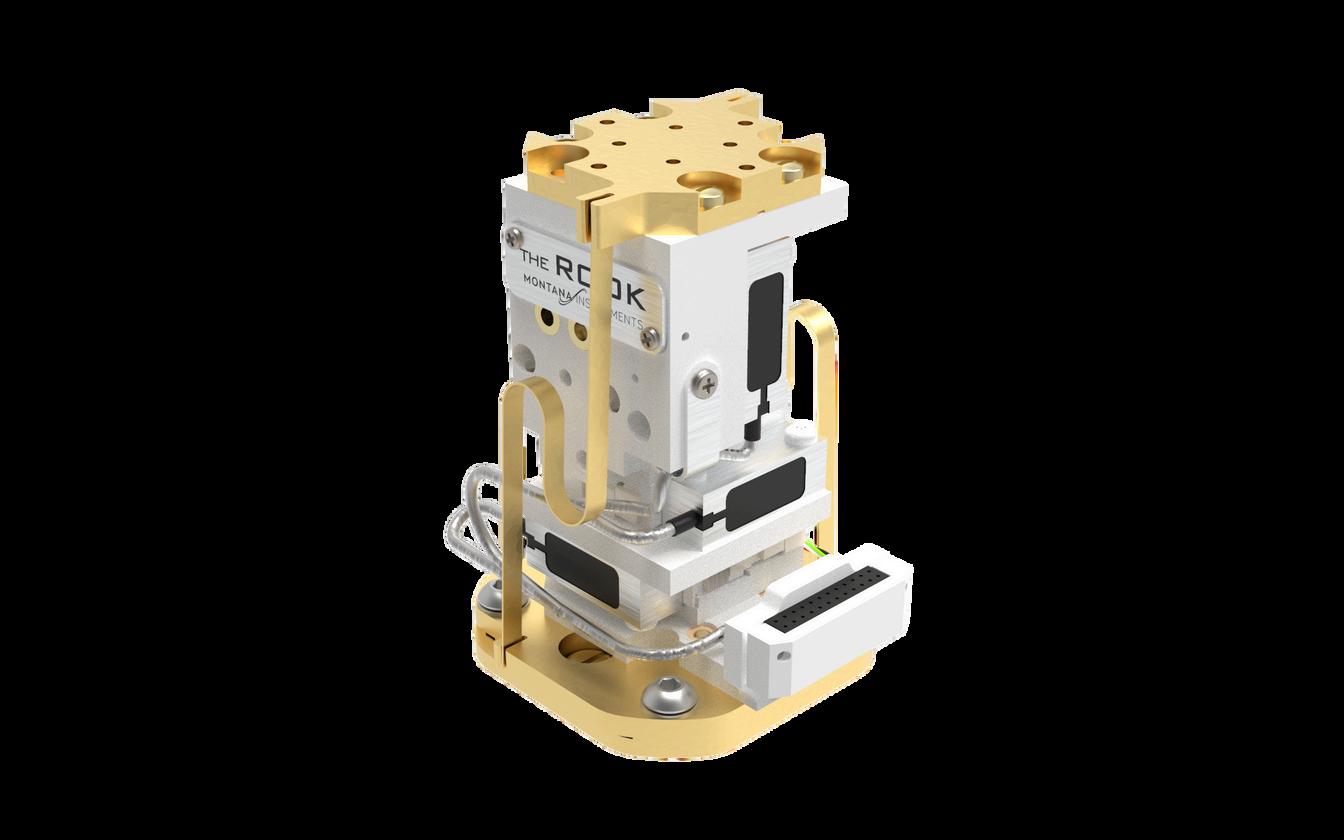

“The Rook™ is a game changer in cryogenic nanopositioner technology, We’re excited to make it available in our configurable cryostats.”

What makes The Rook™ stand out from the competition is that all performance specifications have been measured and validated at the top of the positioner in a 4 Kelvin vacuum environment while mounted in an operational 100 mm Cryostation® platform – the same conditions in which customers would typically use it.
The Rook™ is a 3-axis (XYZ) piezo-driven nanopositioning system constructed of ceramic and titanium
Mark Carroll, CEO, Montana Instrument

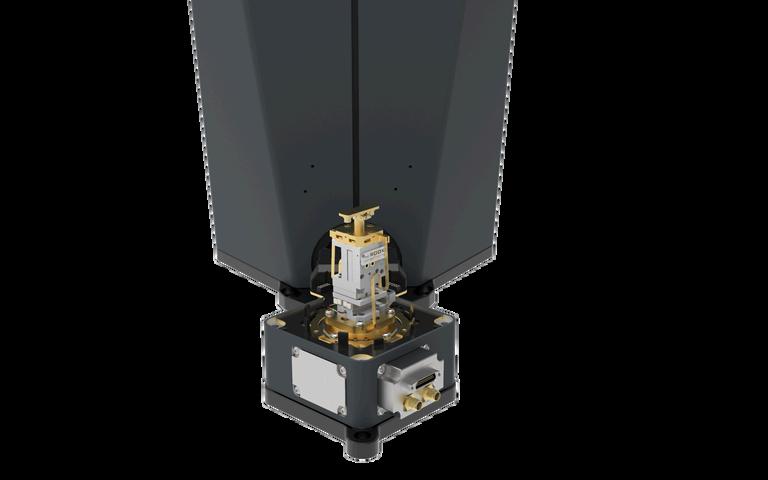
3-axis design for optimal sample
temperature and motion control
Low vibrations
Robust and reliable design
Fully integrated plug-and-play control
Galaxy software control, remote monitoring, and scripting
Best-in-class thermal links
To distinguish even further, The Rook™ is the only positioning system available with bi-directional runout and multi-axis repeatability specified across the full travel range, which means this performance is achievable from anywhere within the motion envelope With this performance and metrology comes the most complete and accurate expectation of a sample’s threedimensional motion of any cryogenic nanopositioner on the market today
“Performance for The Rook is specified at the top of the 3-axis stack, providing the user with clear expectations of what is happening at the sample in terms of temperature, vibrations, and bidirectional run-out ” Sal Guarnieri, Product Manager, Montana Instruments
The Rook™ is available as a factoryintegrated option on all Montana Instruments configurable cryostats and includes best-in-class thermal links and a two-year warranty. Specifically designed for use in the CryoAdvance™ workhorse cryostat, it can also be utilised in the Cryostation® s200, which is Montana Instruments' largest and most versatile closed-cycle cryostat.
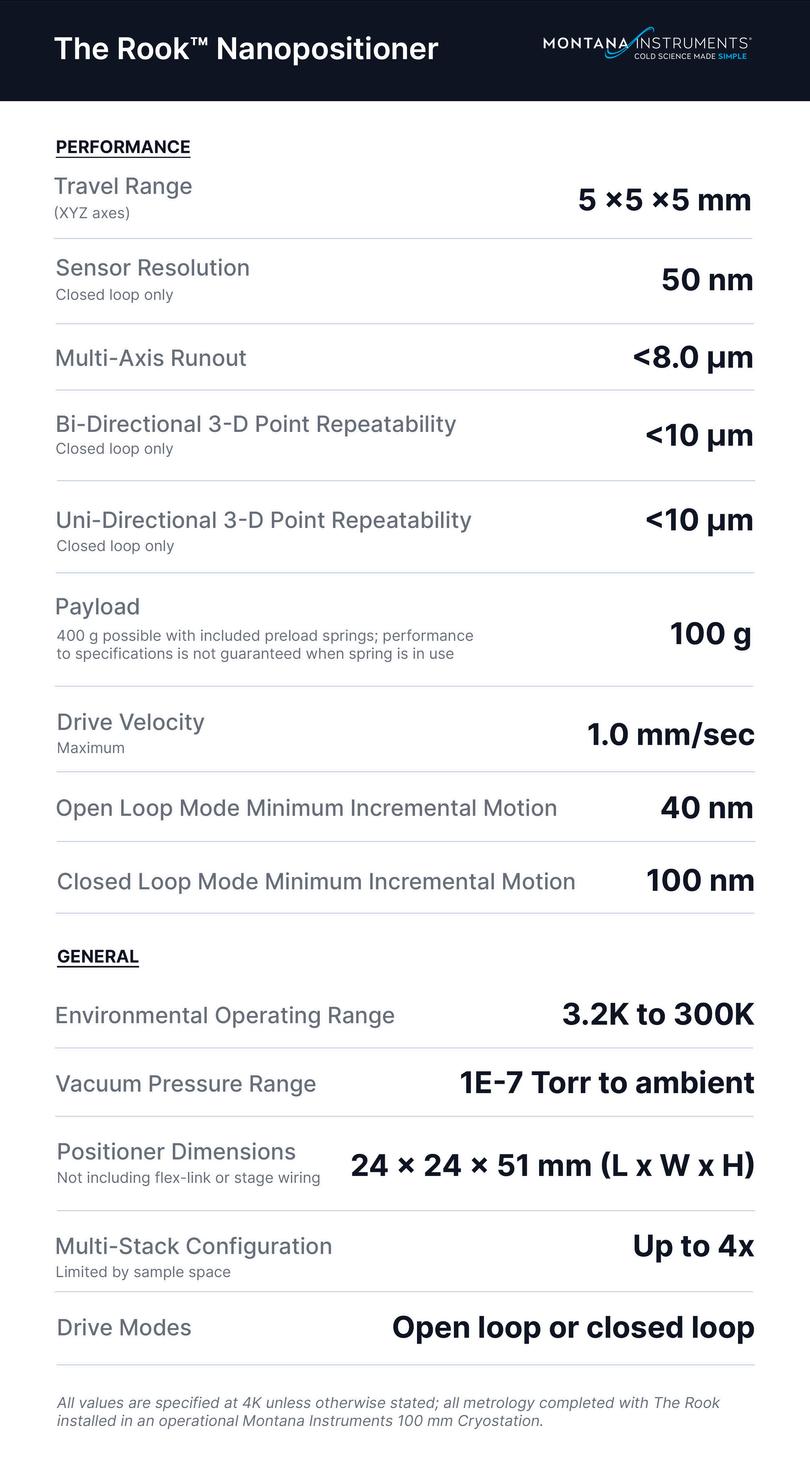








The UK Service Department offers fast front line local support to users within the UK and Ireland.
We are backed by our extensive and experienced European Service Department, based in Darmstadt Germany, and by our US Service Department and Factory Engineers, based in the Quantum Design Headquarters in San Diego, California.
We offer helpful advice and can work with you to find individual solutions to your particular application.

Jordan received his PhD in 2016 from the University of Oxford on the topic of inelastic neutron scattering and heat capacity measurements on rare earth oxide materials at low temperatures and high magnetic fields. Jordan joined Quantum Design UK and Ireland in 2017, and his specialties lie in making Quantum Design equipment work for customers; through installing new equipment, servicing existing equipment, and advising customers on how to optimise their experiments to get the best possible results.
Already a customer? Please use the service email for any service issues service@qd-uki.co.uk
Liam graduated with a first-class master's degree in 2021 from the University of Lancaster, with a specialisation in low temperature helium physics. He operated their advanced wet dilution refrigerator at a base temperature of 2 mK to study quantum turbulence in superfluid He-3. Liam joined Quantum Design in January 2024 and is excited to help customers with any queries that may arise. He will be aiding customers with installation or operation of their systems to ensure their experiments run as smoothly as possible. Liam will specialise in dealing with Montana Instruments, but will also help with QD systems and Lake Shore Cryotronics products.
Montana Instruments offers solutions for multiple research applications, including cutting-edge techniques and breakthrough technology developments for a variety of colleges, universities, and research labs around the globe. Montana Instruments enables the quantum materials research community with state-of-the-art performance, high reliability, and user-friendly product line.
For those looking for a multi-functional platform, please ask us about the CryoAdvance range System engineers will work with you to select or design a configuration (sample mounting, electrical & optical access, etc ) to fit your unique needs
The Montana Cryostation lies at the heart of a number of experiments in my group. The Cryo-Optic add-on allows us to perform optical spectroscopy on single organic molecules at low temperature with excellent collected photon count rates from the in-vacuum high-NA objective. The system reaches a base temperature low enough to observe atomically-narrow resonances in these molecules, making them suitable for use in quantum technology.

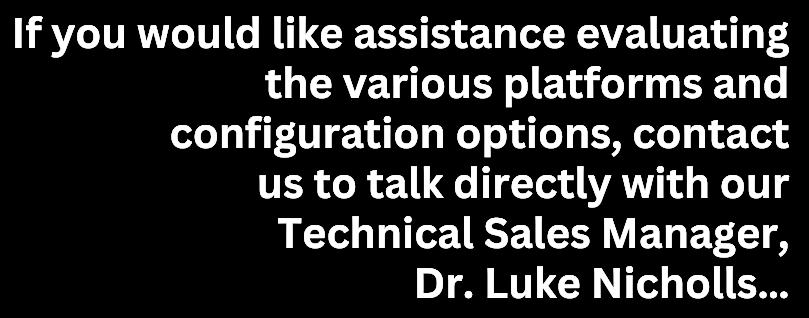
Telephone: (01372) 378822
Email: luke@qd-uki.co.uk
If you are looking for large cryogenic sample configurations with space for multiple accessories, we suggest starting with one of the Montana Instruments Cryostation® platforms System engineers will work with you to select or design a configuration (sample mounting, electrical & optical access, etc ) to fit your unique needs

The automated temperature control allows us to investigate the effects of phonon-induced dephasing with ease, while the integrated nano-positioning system and sample holder –designed in collaboration with Montana Instruments and QD-UK – is fully compatible with the nanophotonic devices we are investigating at low temperature. All of our experiments benefit from the low vibrations seen in the Montana Cryostation,
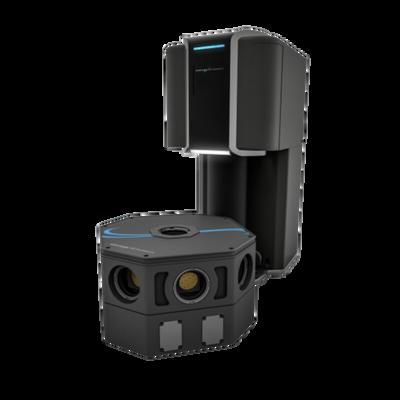

stable coupling to nanophotonic waveguides to diffraction-limited confocal microscopy. The support we have received from QD-UK has been excellent – they are easily contactable should issues arise and are very open to collaborative problem solving to expedite finding a solution. Having all of this is in a closedcycle system that does not require the purchase of expensive and increasingly rare liquid helium is the icing on the cake.”



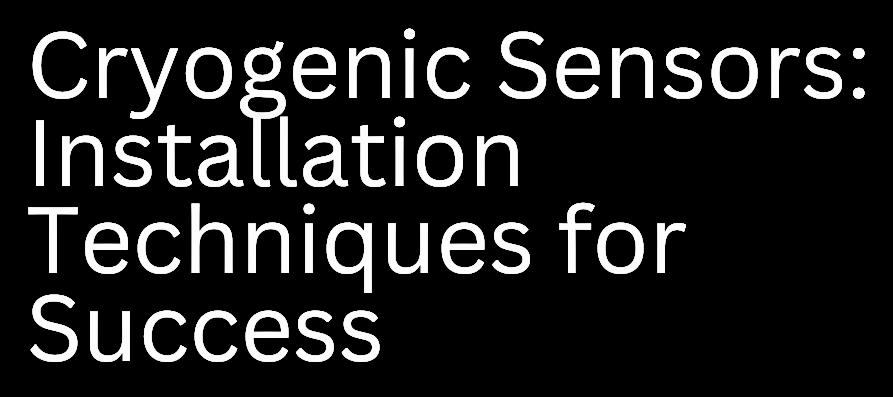

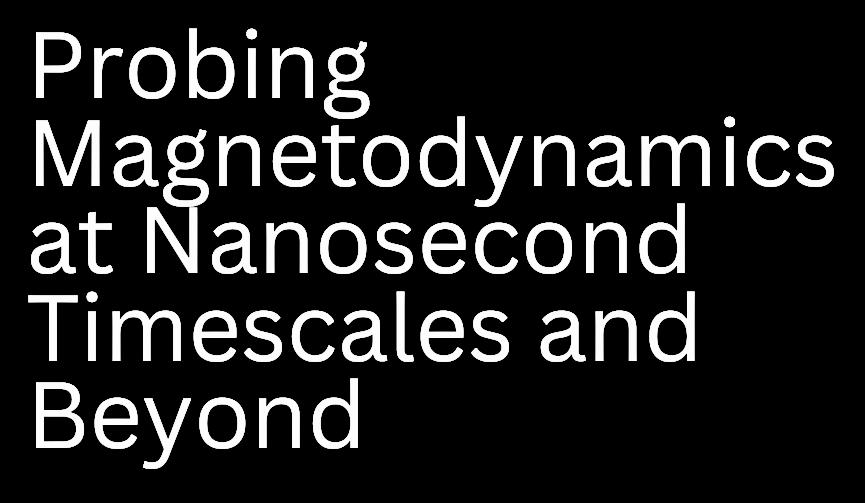
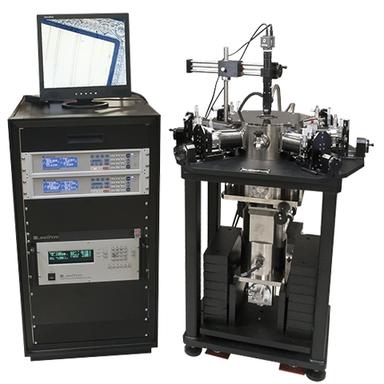
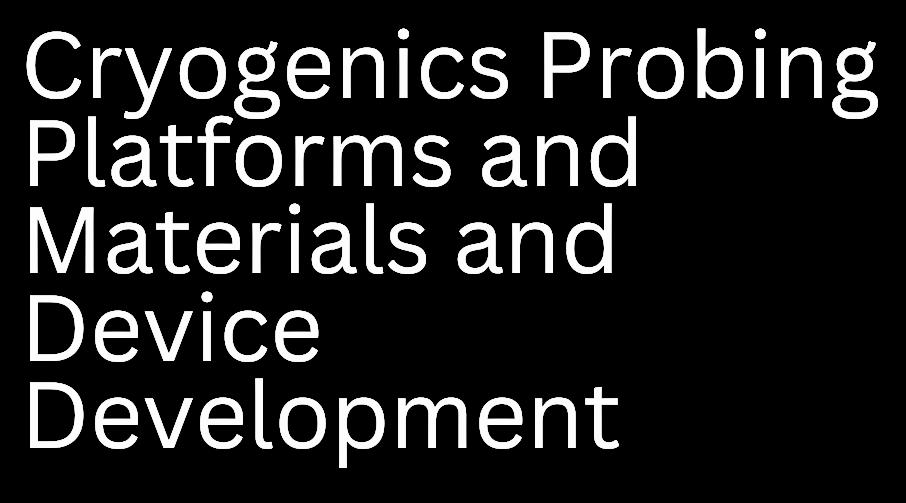
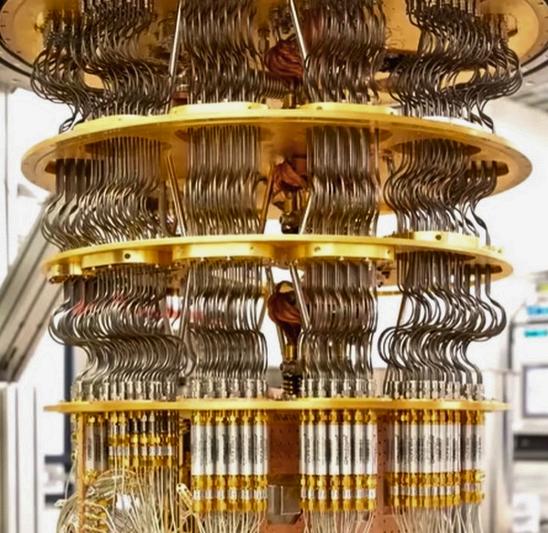

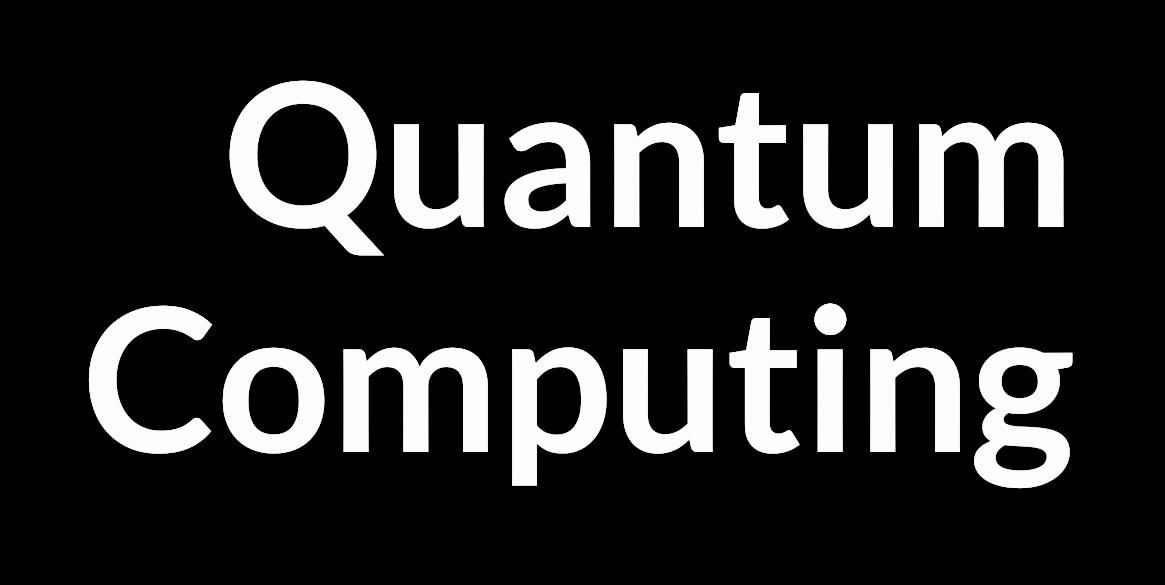

Montana Instruments has developed a line of cryogenic products to meet the needs of the quantum computing industry for research and development, production testing, and critical quantum computer infrastructure There are multiple active architectures under consideration for the realisation of a scalable quantum computer The most promising candidates are those utilising photonics, spin/quantum dots, superconducting circuits, and trapped ions
Photonics
Spin/quantum dots
Superconducting circuits
Trapped ions
Montana Instruments has overcome the cryogenic barriers to entry for ion trap, photonic, and superconducting circuit research and development They've done this by helping alleviate the following common experimental challenges:
Disruptions to the local sample environment such as mechanical vibrations can impart energy to the qubit states and destroy the quantum environment
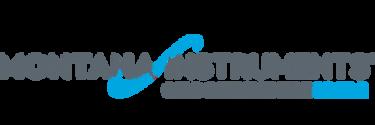
Quantum computing promises to deliver major advances in a wide variety of fields including simulations of the natural world, virtual quantum experiments, quantum cryptography, data communication systems, and new pharmaceutical drug research and design.
These new and exciting research frontiers in quantum computing rely on two hallmarks of quantum physics: the superposition of states and quantum interference.
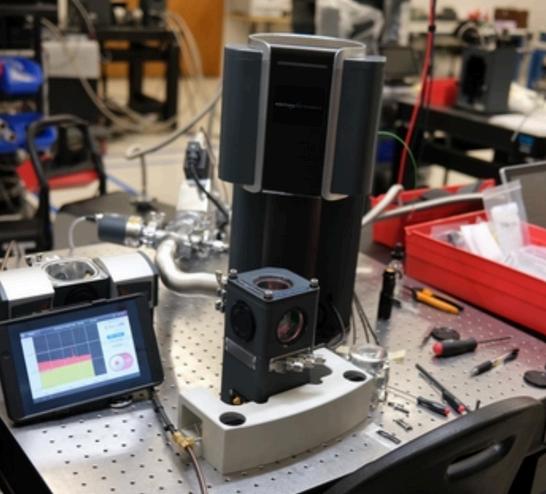

Trapped ion experiments require high vacuum conditions to reduce the number of molecular collisions with trapped ions
Cryogenic conditions are required because thermal energy can excite vibrational motion that disrupts the quantum computing operations
Thermal radiation can drive undesirable internal RF transitions in trapped ions or can raise a superconducting circuit above its critical temperature
Power fluctuations in laser sources as well as RF power source instabilities perturb the QC system
Fluctuating external magnetic fields can alter atomic transitions (Zeeman effect)
Read the full white paper

A high vacuum, low vibration, and stable cryogenic environment are required to prevent any unwanted excitation of the qubit state Superior optical access (low working distance and high numerical aperture) for spatially resolved laser excitation and high collection efficiency fluorescent readout is also necessary for trapped ions and some spin/quantum dots
Low vibrations are key to preventing energy transfer to qubits and distortion of the quantum state.

Cryogenic environments minimise thermal excitation of qubits. <10 mK temperature stability is important to minimise thermal excitation.
A low working distance objective with a high numerical aperture (0 9 NA, for example) provides a narrow excitation spot for individual trapped ions and provides high collection efficiency The objective is temperature controlled to virtually eliminate drift This eliminates the need for frequent realignment and maximises data collection time.
Additional window ports may be used to laser ablate (generate the ions) or laser cool (prepare the quantum states) Our cryogenic systems can be configured with multiple side windows and a top window In addition, the availability of larger sample spaces make it easy to address the sample from multiple incident angles
Many electrical feedthroughs may be required to either generate the RF trapping potential or operate the superconducting circuit. Montana’s base panels can be used to add low frequency/DC wires in addition to coaxial wires for low loss and higher frequency signal (up to approximately 20 GHz) The sample space is kept uncluttered through the use of specially designed low thermal heat load cryogenic ribbon cables
Molecular and atomic collisions can excite qubits out of their quantum state or completely knock an ion out of the trap, destroying the quantum crystal. Montana’s integrated charcoal cryo-pumps enable high vacuum operation for months at a time

PROFESSOR JASON ROBINSON
FIMMM, UNIVERSITY OF CAMBRIDGE CMP
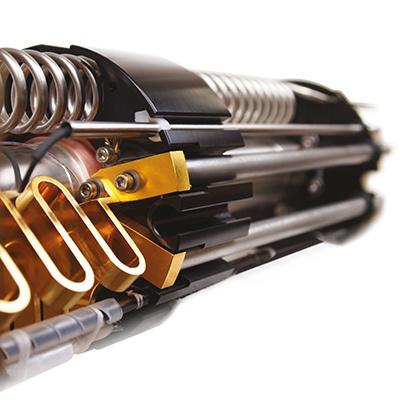
The University of Cambridge Centre for Materials Physics (CMP) is a world-class research laboratory for advanced electronic materials synethesis, discovery, charactersation, and device development. It is not a group but a Centre and all equipment are owned by the Department of Materials Science & Metallurgy, and supported by expert Technicians and Facility Scientists associated with several groups or facilities in the Department.
“WE WORK CLOSELY WITH GLOBAL
The Centre is home to multiple open-access Henry Royce National Facilities, one of which is the Royce Transport Magnetomete
The Royce Transport Magnetometer manages equipment for the characterisation of magnetic and electrical properties of materials and devices All equipment is shared and owned by the Department of Materials Science & Metallurgy, and supported by expert Technical Staff associated with several groups across the Department and university, including the DMG, CMP, and the Maxwell Centre
ACADEMIC AND INDUSTRIAL LEADERS TO DEVELOP MATERIALS AND DEVICES FOR ENERGY EFFICIENT COMPUTING, ENERGY STORAGE, ENERGY GENERATION, AND ENERGY CONVERSION TECHNOLOGIES FOR A SUSTAINABLE FUTURE.”
Centre for Materials Physics (CMP)
Jason Robinson FIMMM has a Professorial Chair in Materials Physics at the University of Cambridge where he is a joint Head of the Department of Materials Science & Metallurgy, Director of the Quantum Materials & Devices Group, and co-director of the Centre for Materials Physics
He has made major contributions to in the fields of spintronics, superconductivity, and quantum technologies, including the discovery of triplet Cooper pairs in hybrid superconductor/magnetic devices and helping to pioneer the field of superconducting spintronics.
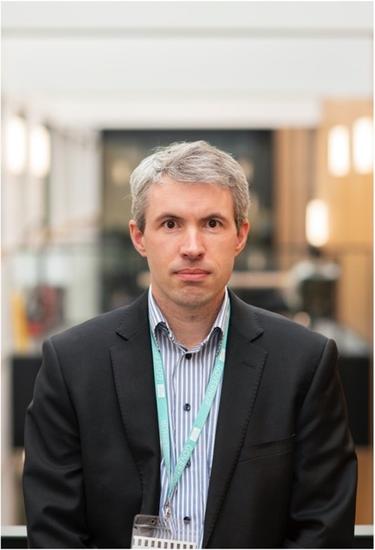
Could you tell us a bit about which products you purchased from Quantum Design and why they were chosen?
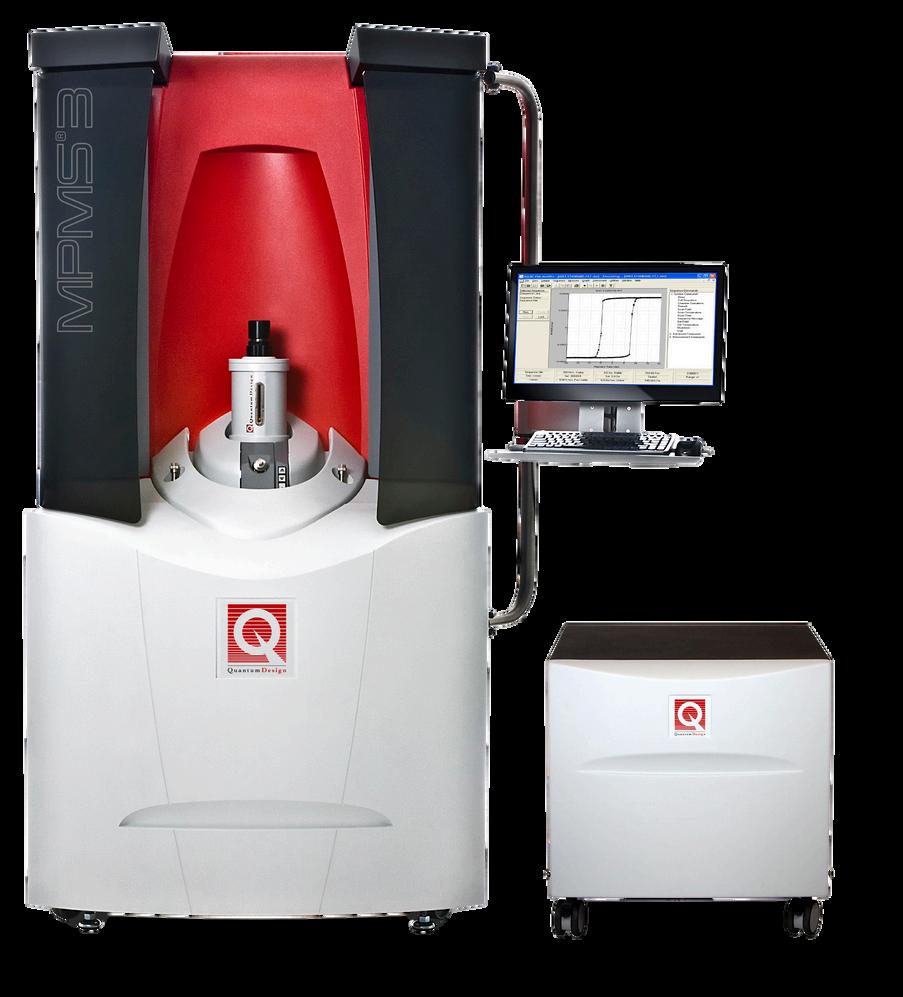
“A few years ago, Cambridge Royce bought the Quantum Design MPMS3 as it specifically enables sensitive measurements in magnetic research.
The Lake Shore Cryotronics 8600 series room temperature vibrating sample magnetometer was brought in to complement the MPMS It offers a fast-turnaround, high-throughput magnetic data. The Facility needed kit that could fill the niche for room temperature experiments and optimise thin film research for academics and industry users.”
How has this helped the user experience?
“The principal benefit of this second purchase was the increase in the turnover of samples and freeing up the MPMS. It was a case of half an hour, versus half a day. And there is then the option to transfer to the MPMS for further research This has allowed us to streamline the process, matching up users with the right equipment.
“It’s been a game changer for industry led projects, without sacrificing sensitivity. As I manage both systems, it’s easy to be able to point users in the right direction, depending on the testing they want to carry out. Having both systems complement each other as well as provide different levels of results. The SQUID VSM is in a box, whereas the Lake Shore 8400 VSM is accessible. This enables us to attach wire samples easily.”
“IT’S A CUSTOMISABLE ACADEMIC EXPERIENCE”
Prof. Jason Robinson
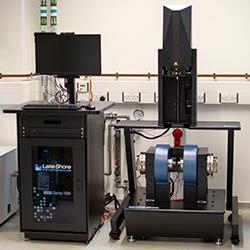
YOU WANT THE BENEFITS OF A LHE CRYOSTAT, BUT LHE IS EXPENSIVE AND DIFFICULT TO CONTINUOUSLY SOURCE
THE RGC BRINGS TOGETHER THE BEST OF BOTH WORLDS; THE LOW TEMPERATURES, SAMPLE THROUGHPUT, AND LOW VIBRATION OF LHE CRYOSTATS, WITHOUT THE ADDITIONAL COST OF LHE.
What is a recirculating gas cooler?
A recirculating gas cooler is a cryocooler-based system that continuously recirculates helium in a closed loop, enabling a continuous-flow LHe cryostat to operate cryogen-free.
The RGC runs helium in a closed loop, making a continuous flow cryostat cryogen-free.
Quantum Design UK and Ireland offers the Lake Shore Cryotronics Recirculating Gas Coolers – a cryogen-free solution that allows you to use an LHe cryostat without the LHe. It’s ideal for low vibration, with excellent thermal performance.
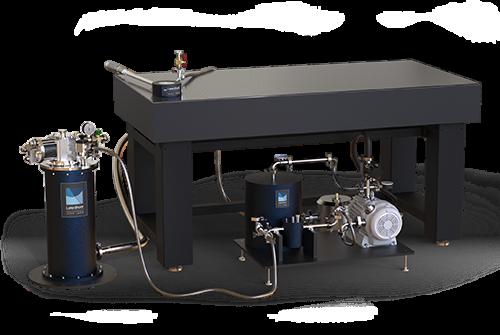
Helium gas is cooled and liquefied by the RGC’s cryocooler, and travels to the cryostat through a flexible vacuum-insulated transfer line. LHe cools the sample. The RGC captures the evaporated gas through the transfer line and reliquefies it, continuously recirculating the helium.
Commonly paired with a Lake Shore ST-500 cryostat, the combination is an ultra-stable cryogenic microscopy platform.


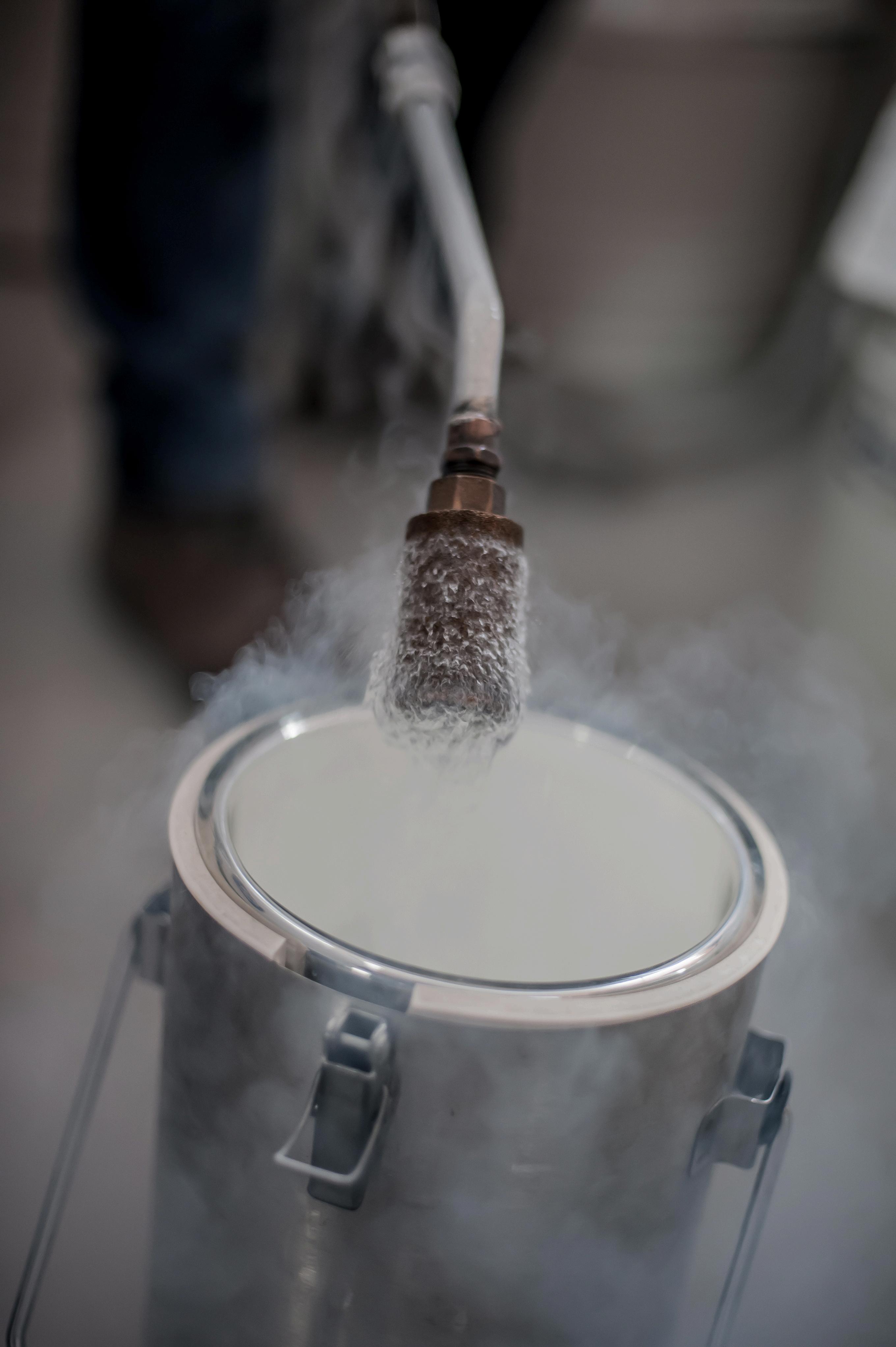
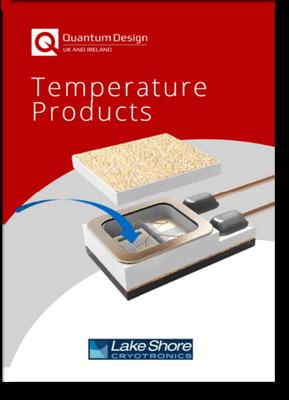
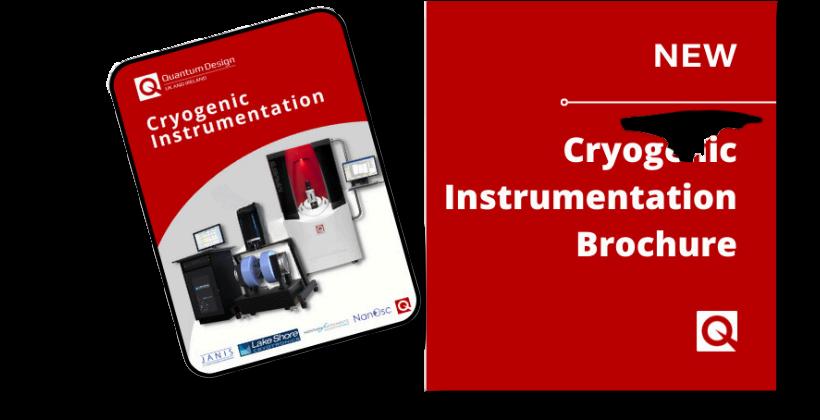
Temperature Products Brochure
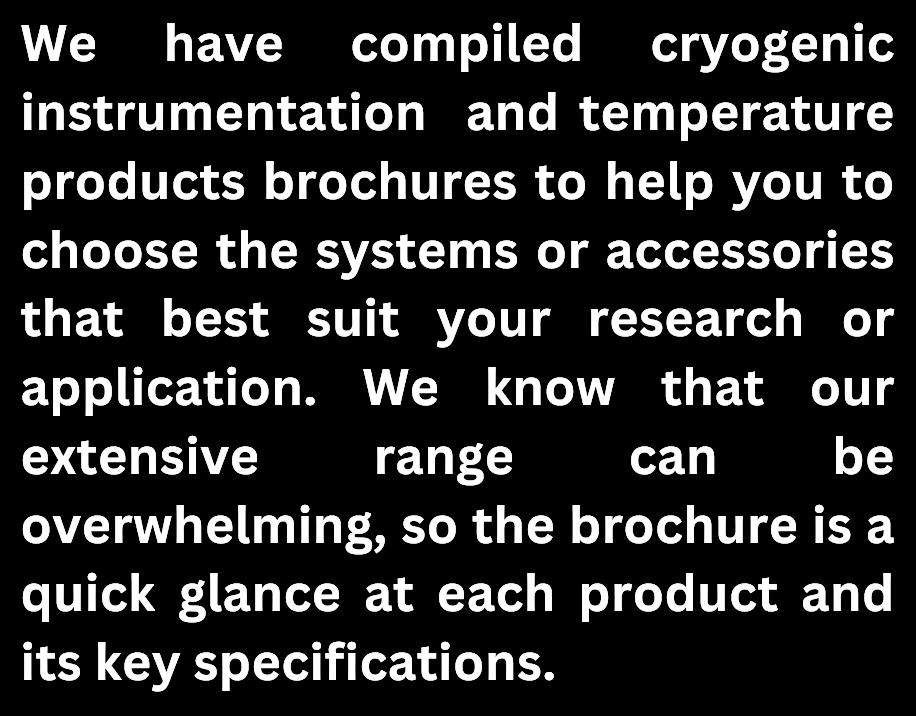
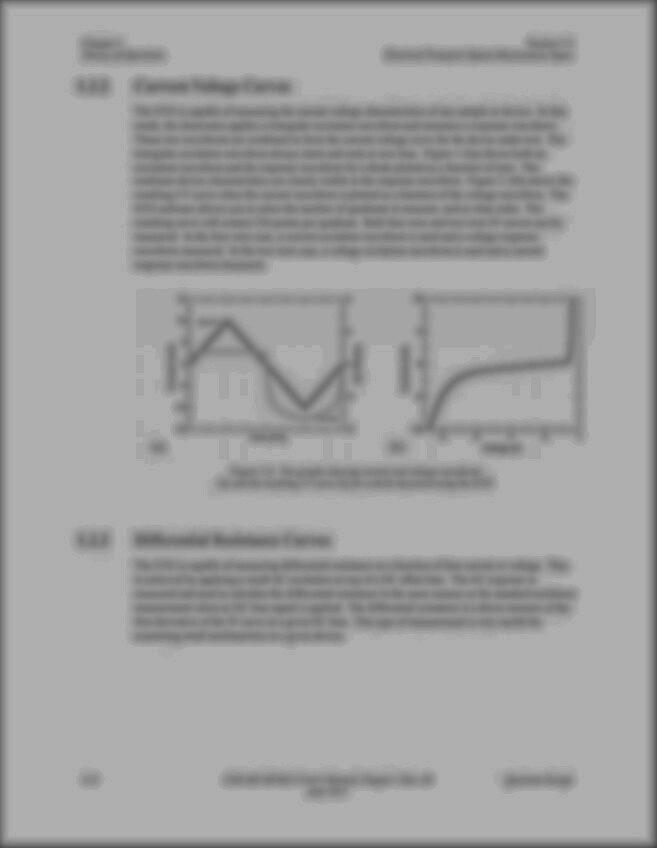
Cryogenics Instrumentation Brochure

What have you been using systems for recently?
Further reading:
Material Characterisation
Cryogenics - Lake Shore
Cryogenics Range
Produced by:
Quantum Design UK and Ireland
Unit 1, Mole Business Park, Leatherhead, Surrey, KT22 7BA
+44 (0)1372 378822
info@qd-uki co uk
www qd-uki co uk
Follow us:

